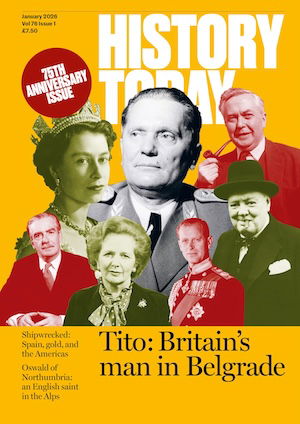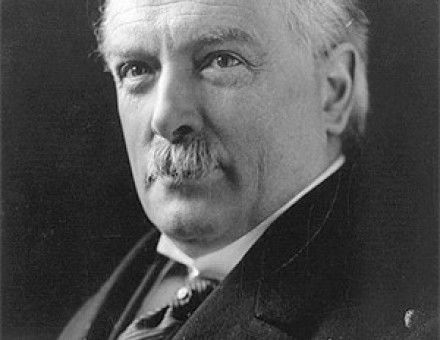Napoleon’s Cavalry
General and trooper alike, Napoleon's cavalry brought a superb panache to the drab business of war. James Lunt describes how, for fifteen years, there was “hardly a village in Europe between Moscow and Madrid” through which these dashing horsemen did not ride.



